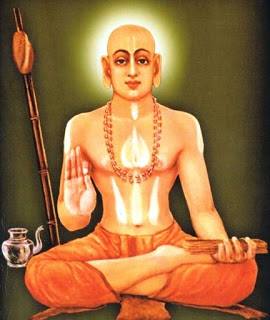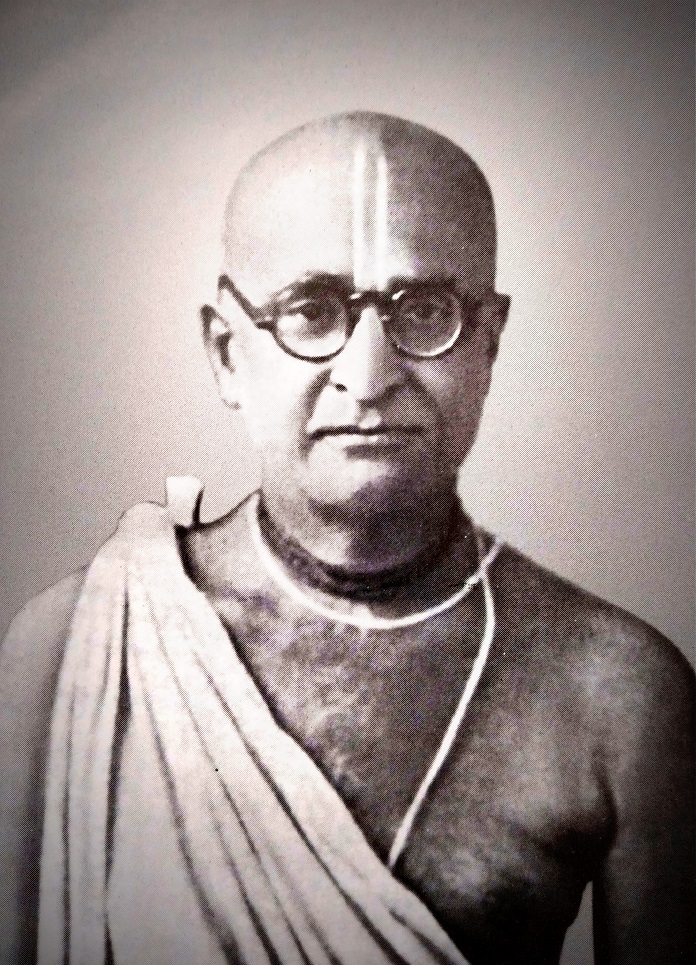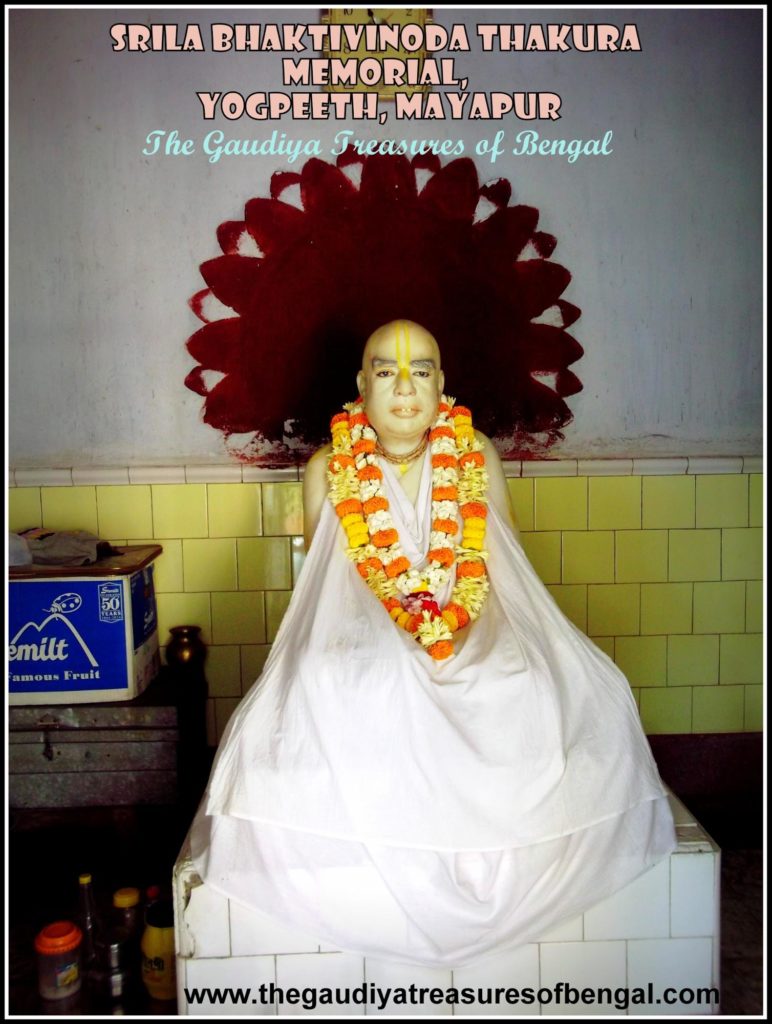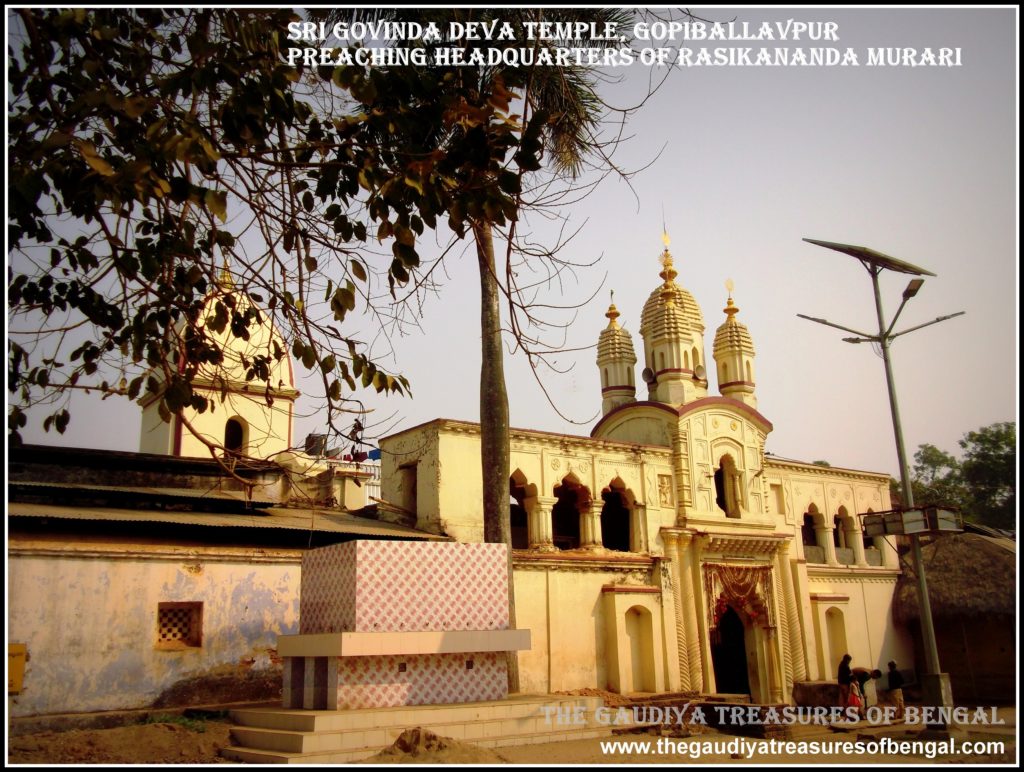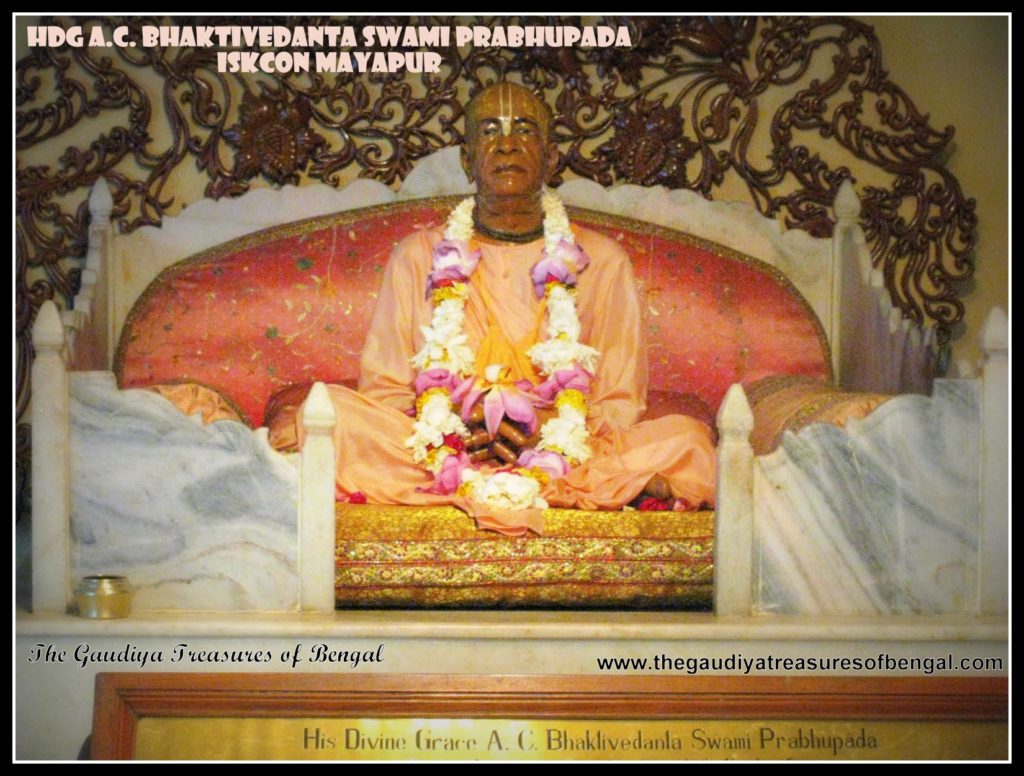
Kind (Kripalu), Compassionate (karuna), Magnanimous (vadanya) & works for the welfare of everyone (sarva-upakaraka)
By the time Srila A.C Bhaktivedanta Swami Prabhupada passed away in 1977, he had already established 108 temples across six continents. These temples are a shelter for those who want to learn, preach and practice the science of devotion unto the Supreme Lord. He inaugurated the Rathayatra festival of Lord Jagannatha in major cities across the globe. He had initiated more than 5000 disciples and launched the ISKCON life membership program enrolling thousands of members. He encircled the globe fourteen times in these 10 years. He established major centers in Vrindavan, Bombay and Mayapur. He established the ‘Bhaktivedanta Swami Charity Trust’ to unearth and renovate the holy places of Lord Chaitanya’s pastimes. He founded the BBT (Bhaktivedanta Book Trust) in 1972. He wrote approximately seventy books on the science of Krishna consciousness, sleeping only a few hours per day. These books continue to be an inspiration for devotees all over the world. Dozens of prominent scholars and educators from leading universities highly praised his work. Srila Prabhupada was magnanimous in the truest sense of the word, as his gifts to the world were unlimited and filled with tremendous spiritual value. In Chaitanya Mangala, Locana Das Thakura quotes Lord Chaitanya predicting that if the sinful people, giving up their religious principles, travelled to far off lands, His empowered commander in chief (senapati bhakta), would go there in due time to deliver them as well. Srila Prabhupada was the commander in chief of Lord Chaitanya. Another of Lord Chaitanya’s prediction that in every town and village of this world, the chanting of His holy name would become heard, came to pass through the pastimes of Srila A.C Bhaktivedanta Swami Prabhupada (prthibite ache yata nagaradi grama,sarvatra prachar haibe mora nama).

